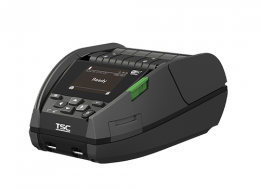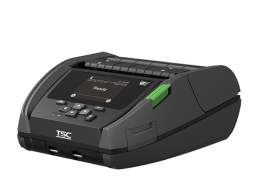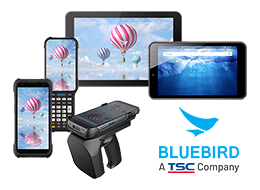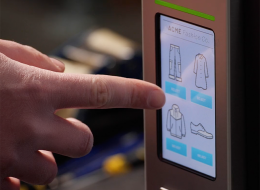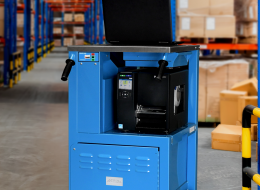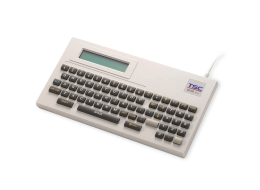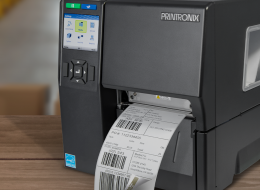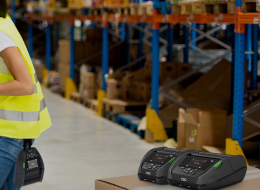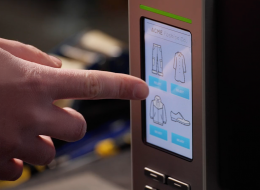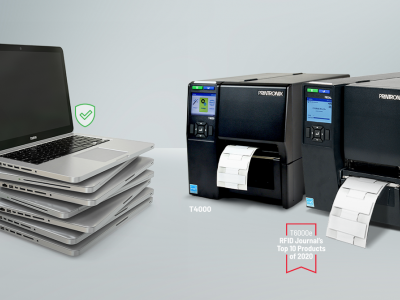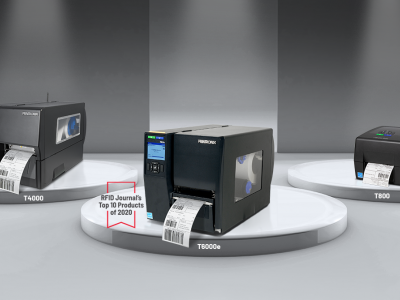The Tire Industry Embraces RFID to Improve Manufacturing, Traceability and Sustainability
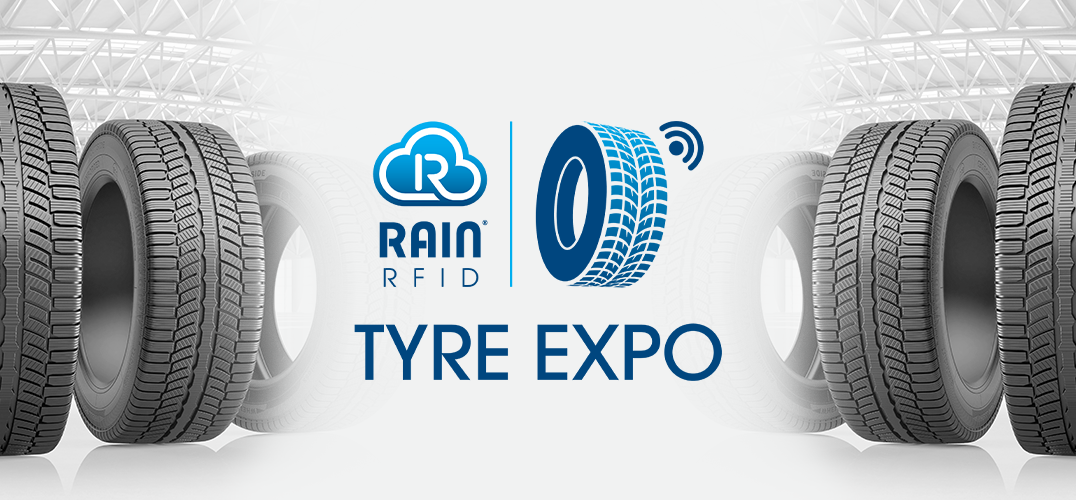
Join Us at the RAIN RFID Tyre Expo Sept. 8-9, 2021
The automotive tire market is expected to surpass $154 billion USD in 2027 with no signs of slowing down. Manufacturers around the globe are working to meet the demand for passenger, public transit, and other vehicle tires—or “tyres” for British English speakers—and they face a growing need to maximize efficiencies to produce products faster.
There’s added expectation within the industry to prioritize sustainability. From reusing viable tire parts to produce new tires to recycling tires at the end-of-life stage, sustainable efforts lead to less wasted product which saves manufacturers money and positively impacts the environment.
To achieve these goals, the industry requires more transparency and better tracking into the total lifecycle of tires. RFID provides this insight and supports the future direction of the industry.
RFID Becomes Industry Standard for Tracking the Tire Lifecycle
Although the tire industry is highly competitive, there is much collaboration on standards and regulations.
Organizations within the tire industry recently teamed up with the International Organization for Standardization (ISO) to define the core specifications of RFID implementation for tire traceability. Through their work with ISO, they aimed to discover how the industry can leverage RFID to track individual tires.
This collaboration has led to the publication of new ISO standards that specify two main points:
- First, RAIN RFID shall be used to track tires.
- Second, the data encoded to RFID chips on or in tires shall be formatted to meet the GS1’s Tag Data Standard SGTIN-96 encoding scheme.
Thanks to the new standards, tracking individual tires throughout their lifecycle has become more straightforward. Companies are already using RFID to track tires during manufacturing to improve and speed up processes. As tires leave the manufacturer, they can now be tracked throughout the supply chain and into warehouses.
From there, tires can be tracked through distribution, resale, and even in the field. Finally, at the end of a tire’s lifecycle, the tire can be tracked all the way through recycling, re-manufacturing, or to the point of becoming waste material.
Tire tracking applications powered by RFID include:
- Work in Process systems, or WiP, during manufacture
- Inventory systems
- Real-time locating systems, or RTLS
- Transportation and logistics
- Distribution and retail
- Safety recalls
- Fleet tire management
- Part conformance
- Traceability
- Product information
Solutions are even being developed to track tires throughout the retread process, or the process where tire casings receive a new tread.
Flexibility with RFID Technology Provides Several Options for Meeting Standards
Typically, organizations use one of three main types of RFID tags for tires:
- Embedded tags—these are embedded into the tire during the manufacturing process. In the image below (courtesy of Michelin), the yellow stripe is the embedded RFID inlay.

Source: Michelin
2. Patch-type tags—these are similar in appearance and application to a classic tire repair patch. They are normally attached with an adhesive that chemically bonds the patch to the tire rubber.
3. Smart Labels—these are primarily used for tire supply chain applications. Labels are normally printed and encoded on-site using an RFID-enabled thermal barcode label printer, such as Printronix Auto ID’s T6000e.Many stakeholders in the tire industry are now mandating the use of RFID in or on the tires they handle to ensure they’re compliant with industry standards. The ultimate, long-term solution will most likely involve an embedded tag in every tire coming off the manufacturing line, but this “Utopian” solution is still many years away. Until then, some applications are using patch-type tags, while most supply chain applications are using smart labels. While each type of RFID tag has its pros and cons, smart labels are one of the easier methods to start with since they allow users to print and encode them on-premises with an RFID printer that can support various print volumes, print speeds, and other requirements.
Preparing for the Future of the Industry at the RFID Tyre Expo
RFID has become the trusted method for tracking the lifecycle of a tire—a step necessary for improving manufacturing processes and supporting sustainability efforts within the tire industry. As additional ISO standards are created and updated around tire tracking, more organizations will prioritize the use of RFID tags.
While the use of RFID expands across the industry, the understanding of its many innovative applications must expand with it. Take the opportunity to gather with others and discuss industry trends at the virtual RAIN RFID Tyre Expo on September 8-9 to explore all that the tracking technology has to offer.
Hosted by AIM and RAIN RFID, this virtual conference and exhibition will focus on how RFID can improve business processes. Attendance at the Tyre Expo’s exhibition area will be free of charge, so come meet and talk with the experts.
To learn more about how to utilize RAIN RFID labels with Printronix Auto ID RFID printers in your operation, contact rfid@printronixautoid.com.

